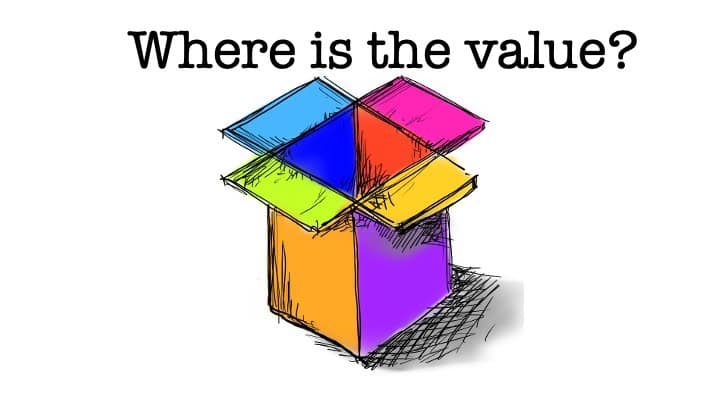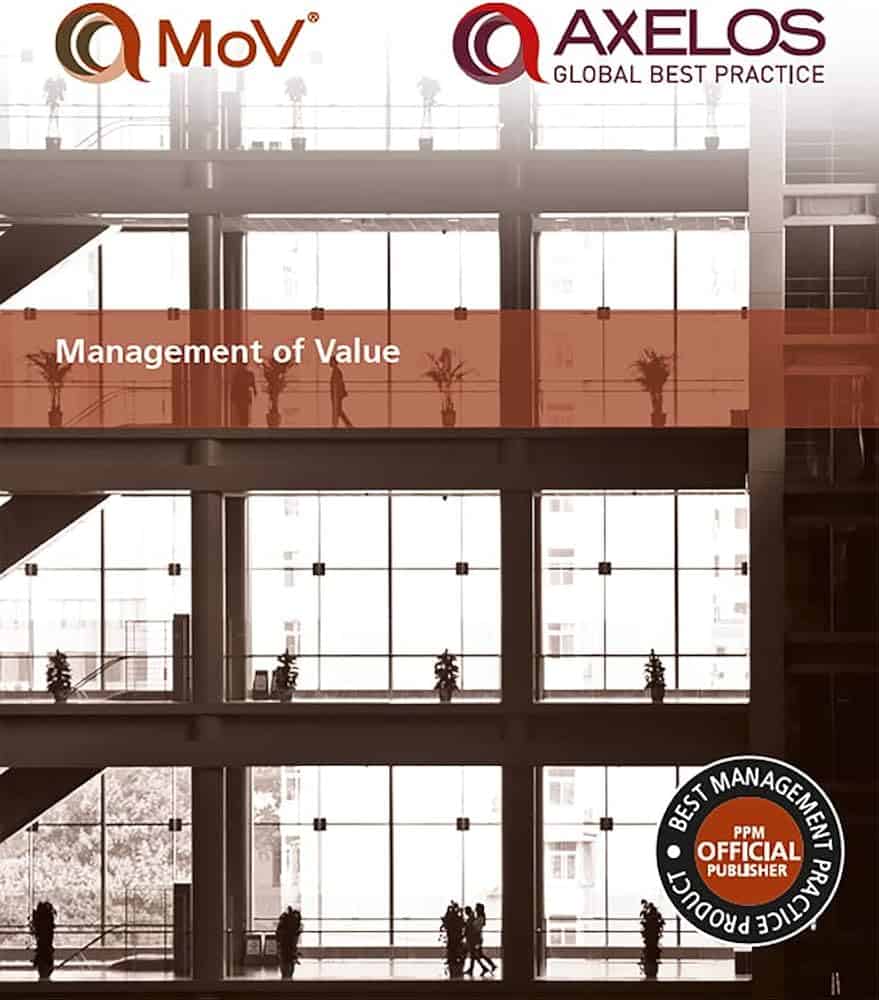Blog de Project Management PMP, Risk, Primavera » Value management or how we know if a project is successful: MoV (Management of Value)

Project management is based on the focus on the creation of products and or services. Therefore, it is important to define the scope of the deliverables and project managers must focus on creating these deliverables, so that the best way to assess the progress of a project may be to check their execution.
This is essential, because if products are not created, they cannot be used by the customer and users and, therefore, will not produce value. So, even if the project team and specialists work hard, if this effort does not materialize in products, no value will be generated.
Is it enough to create deliverables according to the plan?
The answer is no, clearly not. The fact of creating deliverables as planned, even agreed initialy by the client, is not a guarantee that the project will be successful. Let’s start at the beginning; What is the fundamental reason for someone to decide to invest in a project: to cover a need, to exploit an opportunity, to improve efficiency, to produce a change in the organization… Therefore, with the project products, when they move to BAU (Business As Usual) if they are not able to generate these desires, even if they work well, they have been executed within the time and cost objectives, they will not be considered useful by the client and, furthermore, the investment in the project will be seen as a failure.
Value Generation: Focus on Benefits and Functions
How to define the value that a project generates is not always easy or obvious and can change depending on the stakeholder. But we have to understand it so that the project aligns with the needs of the client and the main stakeholders. I would like to introduce the definition used in People Cert’s MoV (Management of Value), which takes into account both the benefits that are generated and the effort required to achieve them. Also emphasizing the difference between wants and needs. Since, on many occasions, we want things that, if we analyze them against the effort to get them, we probably don’t want to have.
Thus, to ensure that the project creates the right deliverables, first of all, we have to clearly identify what the client needs; What functions the project product must cover for it to be useful. And once we have achieved a proper and consensual understanding, we can focus on the creation of the products. Obviously, it is not always possible to do so at the beginning of the project and that is why adaptive approaches are essential to achieve this.
MoV: Management of Value
What we have just described is included -and increasingly- in all project management frameworks, but PeopleCert has a very interesting approach and certification that brings together all the principles and processes and defines the most powerful tools when it comes to being able to manage the value and functions in a project, program or even in the organization’s portfolio.

One of the key tools is FAST (Function Analysis System Technique) which, when used with other tools, helps to create the profile of the value of the project, so we can have a visual and quantitative approach to the management of the functions to be implemented in the project.
I attach an explanatory video about FAST
From this detailed analysis, different VIPs (Value Improving Proposals) can be created focused on coordinated and analyzed actions to increase the efficiency of the resources used in the project and generate the greatest possible value.
Thus, we can conclude that project management is indeed a management based on the creation of products and services, but it is also based on the generation of value and ensuring that these products will have the necessary functions to meet the needs. So, the role of project manager has to broaden their vision and make sure that they perfectly understand -from the initiation of the project and until its closure-, the needs that must be solved. And that if they change, the project has to do so as well.